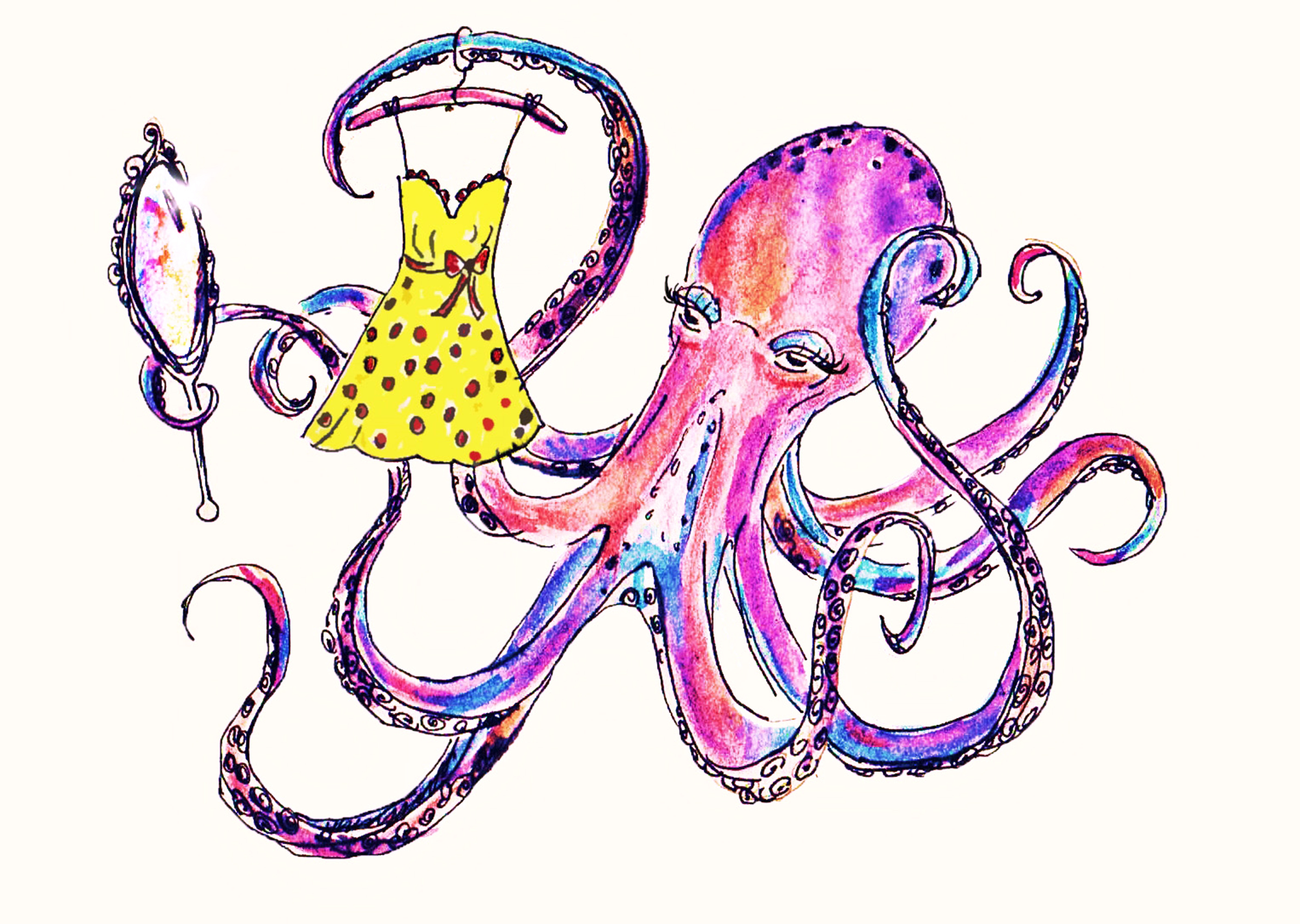Dylan Lynch
Staff Writer
While we humans are always so busy trying to stand out, quite a few members of the animal kingdom spend their lives changing to blend in – well, it is a matter of life or death! Camouflage is one of the most widely used techniques in the wild to escape predators and lengthen one’s life expectancy. The fair majority of animals have adapted and evolved to evade other animals – their predators. A common example is the stick insect, or Pterochrozini. These insects mimic leaves and sticks to blend in flawlessly with their natural habitat. However, there are a few more ‘wacky’ cases that you may not have heard of.
One of the most interesting occurrences of ‘extreme camouflage’ is the insect Mesalcidodes trifidus, aptly nicknamed the ‘bird poo weevil’. This tiny weevil (which is a type of beetle) looks like a small black and white blob of bird faeces to any passer-by. Even more amazingly, this tiny bug will cling to grass and drop off when it comes into contact with a passing animal in order to mimic faecal matter as best as possible. This small insect tries to mimic avian waste products as best it can, and in some cases has it been known to secrete a foul smelling pheromone to ward of predators even further.
You may have heard of the ‘common octopus’, Octopus vulgaris, a species that can be found along the southern coast of England, and throughout the Atlantic Ocean. However there is nothing common about the way this cephalopod escapes predators. Nicknamed the ‘disappearing’ or ‘invisible’ octopus, this marine mystery has some of the greatest camouflage under the sea. Thanks to a trio of specialized survival mechanisms in their skin, they can blend in with multi-coloured coral reefs or the ocean floor, despite the fact that evidence that suggests they are actually colour-blind! The first of their mechanisms are known as chromatophores, which are small sacs of different coloured pigment that can expand or contract – thus changing the animal’s overall hue and pattern.
After that are iridophores, which can reflect light and also lend colouring to the display, and leucophores, which are white cells that provide a crisp background. Furthermore, this invertebrate can use the muscles under its skin to create different the different textures of the area it is hiding in. The combination of these advanced defence mechanisms coincides with the fact that octopi have been around for around 300 million years, and thus have had a long time to adapt the best camouflage techniques possible.
Possibly the most impressive case of camouflage is that of the mossy-tailed gecko, Uraplatus sikorae. This small gecko has dark brown/greyish skin and lives on tree bark, often mimicking the exact colour of the bark. It is nocturnal, and when it needs to blend in, it can raise the flaps on its back and cast shadows. These dermal flaps actually mimic the texture and appearance of the moss covered tree bark on which the animal resides. This makes it almost 100% indistinguishable from the tree it is resting on. But sometimes, maybe the best strategy isn’t to blend in but instead to look like another unpalatable (foul-tasting) organism.
Deception in animals has always been one of the most viable methods of evading predation. An animal will often create dangerous toxins so that if it is consumed, the predator will die. To warn off another animal that might want them for lunch, they accompany these toxins with brightly coloured skin or scales, and an unpleasant taste. But what if you don’t want to waste all that energy on synthesizing toxin? Mimicry is the process of one organism creating toxins and making itself a bright colour, and then another species just copies the colour! This means that the second ‘copy-cat’ organism doesn’t have to waste precious time and energy creating venom and toxins, and doesn’t have to worry about predation as much. One example of this is the relationship of the venomous coral snake and the harmless red milk snake, which mimics the colour and patterns on the coral snakes scales. The milk snake steals the bright orange colour of the coral snake and lives in a similar habitat and thus is rarely bothered by any predators that can’t digest the toxin that it supposedly contains.
So whether it’s blending into the forest at night, or looking like someone else during the day time, there are some animals out there that will do anything to get away from their predators and stay hidden; on land and deep under the sea, in dense forests and out in the desert. When the situation is survival of the fittest, poor fashion sense is still inexcusable!






